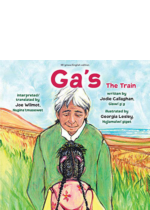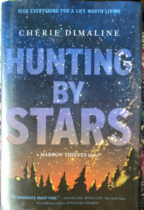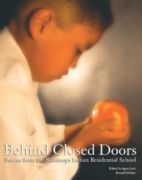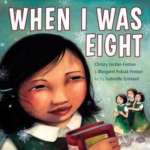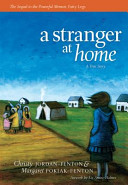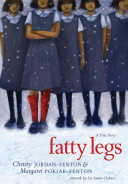Little Moon There Are No Stars Tonight was four years old when armed federal agents showed up at her home and took her from her family. Under the authority of the government, she was sent away to a boarding school specifically created to strip her of her Ponca culture and teach her the ways of white society. Little Moon was one of thousands of Indigenous children forced to attend these schools across America and give up everything they’d ever known: family, friends, toys, clothing, food, customs, even their language. She would be the first of four generations of her family who would go to the Chilocco Indian Agricultural School.
Dan SaSuWeh Jones chronicles his family’s time at Chilocco–starting with his grandmother Little Moon’s arrival when the school first opened and ending with him working on the maintenance crew when the school shut down nearly one hundred years later. Together with the voices of students from other schools, both those who died and those who survived, Dan brings to light the lasting legacy of the boarding school era. Part American history, part family history, Stealing Little Moon is a powerful look at the miseducation and the mistreatment of Indigenous kids, while celebrating their strength, resiliency, and courage–and the ultimate failure of the United States government to erase them.

